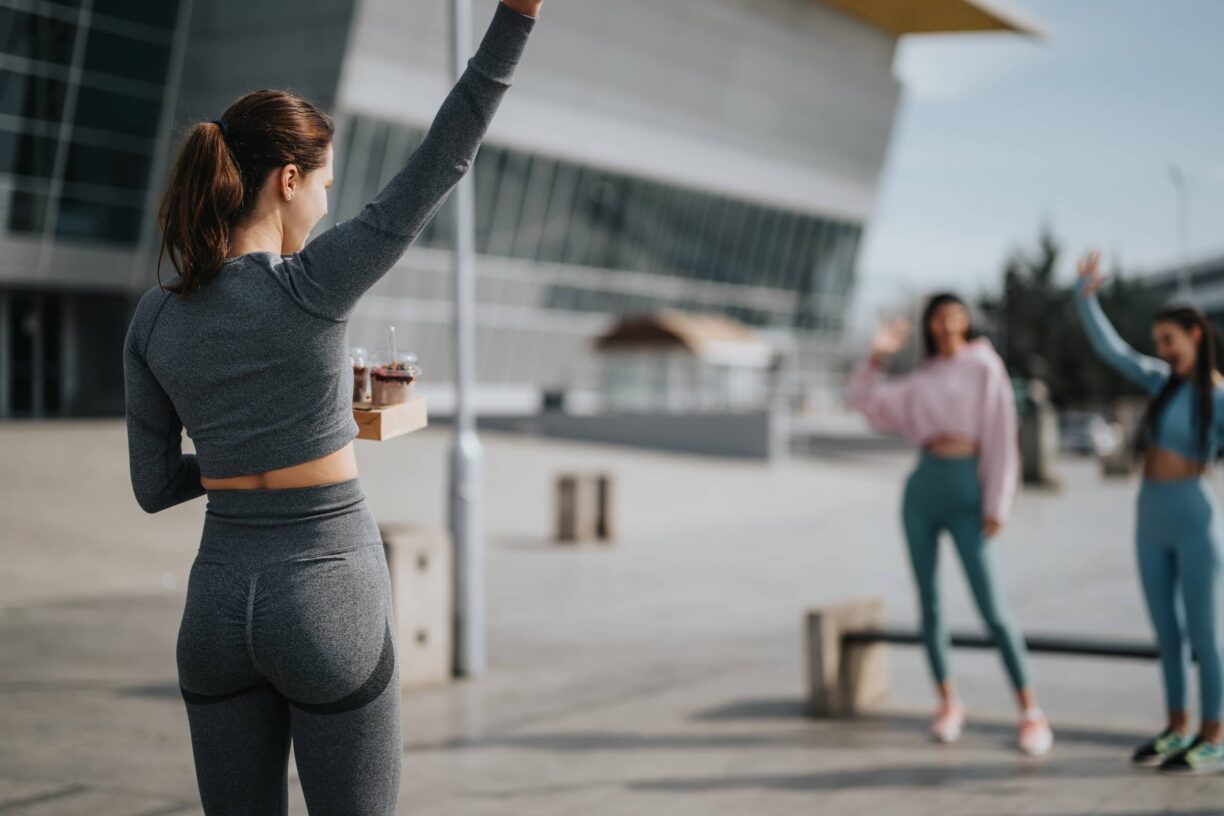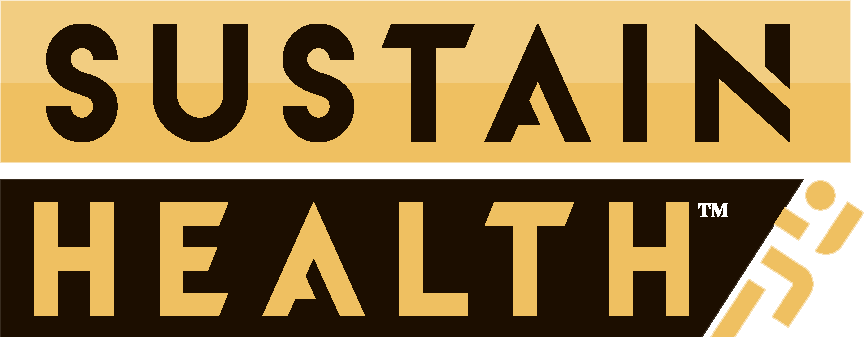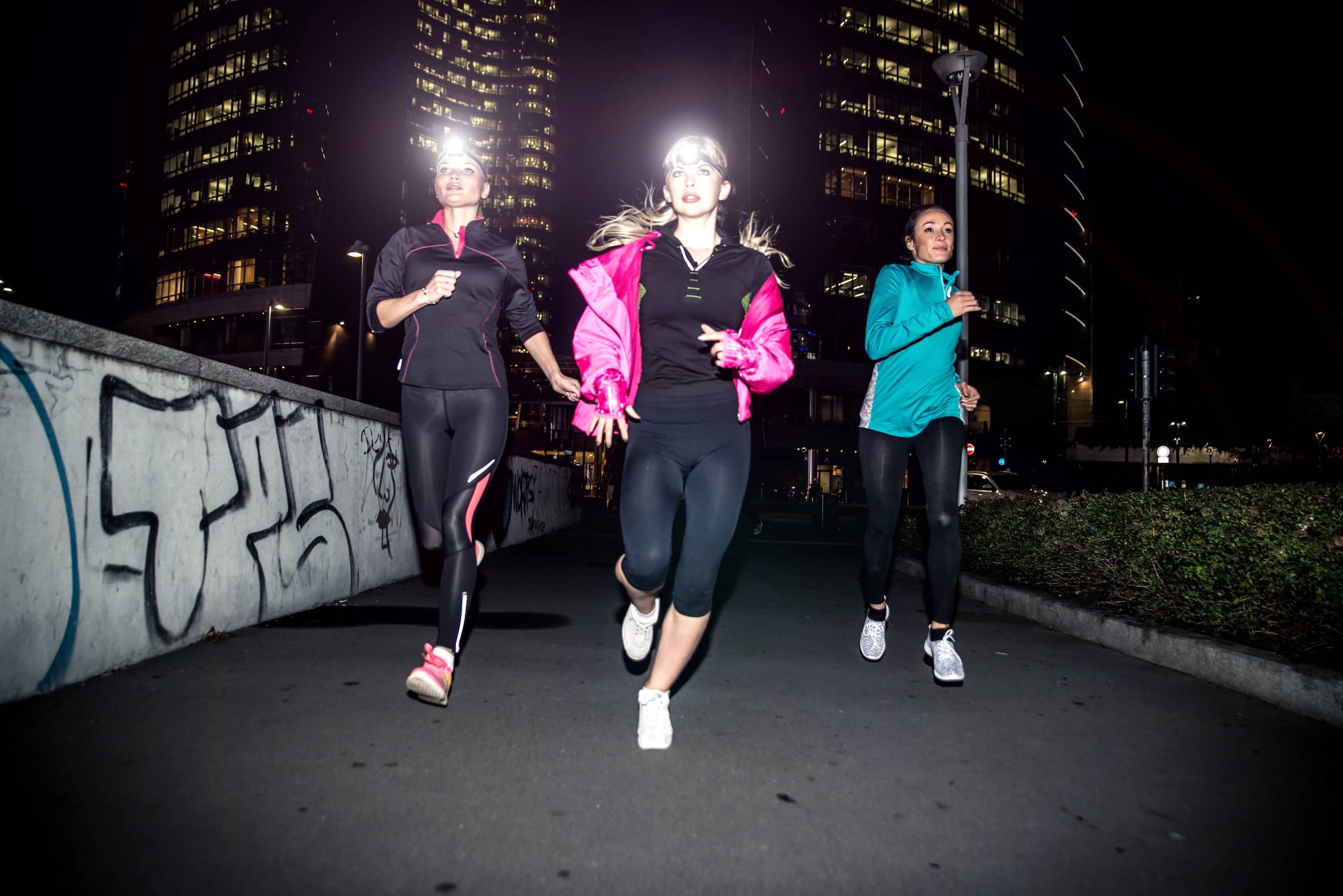Active communities don’t just tone calves; they toughen neighbourhoods. When residents step outside en masse, trainers may count reps, but city planners start counting safer streets.
Why Safer Streets Matter for Active Communities
Picture the street outside your door: well-lit sidewalks, zebra-striped crosswalks, and drivers who treat the speed limit like law instead of lore. In places built that way, folks don’t think twice about lacing up for a dawn jog or wheeling the toddler to the park. Comfort, yes—but also a public-health catalyst.
Conversely, a curb cracked like a dry creek bed or headlights that vanish after dusk will sideline even the keenest runner. The risk spikes for kids, older adults, and anyone with mobility challenges.
When danger wins, personal injury lawyers become the cleanup crew, chasing accountability where asphalt failed.
Key takeaway: Safer design isn’t a luxury add-on; it’s the launchpad for healthier, active communities.
How Fitness Initiatives Rewrite Urban Design

Residents who run together rarely stay quiet together. Advocacy groups lobbying for protected bike lanes, neighbourhood clubs mapping safer routes—collectively they raise a ruckus planners can’t ignore.
Streets respond with calmer traffic patterns, brighter LEDs, and pockets of green poised for pull-ups or picnic blankets. That citywide glow-up? It began with people in motion.
The Rise of Active Transportation Networks
From Austin’s coffee-scented cycle lanes to Minneapolis’s riverfront running paths, municipalities are stringing active transportation into a protective web:
- Protected bike lanes trimming collisions
- Dedicated trails doubling as commuter corridors
- Pedestrian-only zones turning exhaust-choked blocks into open-air living rooms
- Everyone—from couriers on e-bikes to grandparents on evening strolls—rides the same safety dividend.
Key takeaway: Build for bicycles and sneakers first, and the rest of the city follows.
Community-Led “Hazard Runs” and “Walk Audits”
Grassroots campaigns aren’t waiting for City Hall. Armed with clipboards and calf sleeves, neighbours stage “hazard runs” and “walk audits”, spotlighting potholes that could swallow a shoe. Their selfies beside busted bollards end up in council-meeting slide decks, proof stitched with sweat.
A 2023 Safe Streets Evaluation in San Francisco logged slower car speeds and fewer collisions after such crowd-sourced nudges. Houston cyclists and Seattle parents—waving “Safe Routes” banners—echo the blueprint.
The Social Upside: Eyes on the Street
Urbanist Jane Jacobs coined the “eyes on the street” principle; runners, dog walkers, and evening strollers keep watch simply by showing up.
Crime stats back it: neighbourhoods humming with foot traffic see dips in vandalism and petty theft. Sunrise yoga, twilight basketball—each activity is both exercise and neighbourhood watch rolled into one.
Want a low-tech deterrent? Organise group walks at staggered hours so public spaces stay busy from sunrise to street-lamp o’clock.
Equity, Walkability & Who Gets to Feel Safe
Safety shouldn’t hinge on a zip code. Yet underserved blocks often inherit dim parks and buckled sidewalks. A 2023 obesity study found residents of walkable neighbourhoods move more and feel safer doing it—an equity two-for-one.
Cities funding inclusive playgrounds, adaptive classes, and full-access trails see tighter social bonds and lower crime, proving that fair play is good planning.
You can read more in the Walkability Study 2023, which underscores how inclusive infrastructure benefits entire communities.
Smart Tech Meets Sneakers
Today’s smartest lampposts don’t just glow; they listen. Sensors track foot traffic, brightening paths as joggers approach.
Real-time dashboards flag when a trail crowds up or a step cracks, letting maintenance crews pounce before ankles roll.
Data from the 2023 StreetLight Data Platform now guides Complete Streets policies, steering dollars toward blocks where the Bluetooth heartbeat of the population already pulses. Your smartwatch miles might just pave tomorrow’s cycleway.
The Bottom Line
Fitness and public safety aren’t distant cousins—they’re workout partners. Active communities set the tempo; thoughtful urban design keeps the beat.
Bring together planners, lawyers, lobbyists, and the neighbour who knows everyone’s dog, and the result is a city where moving freely feels as natural as breathing.
Get your trainers ready—your block’s safety may depend on it.





